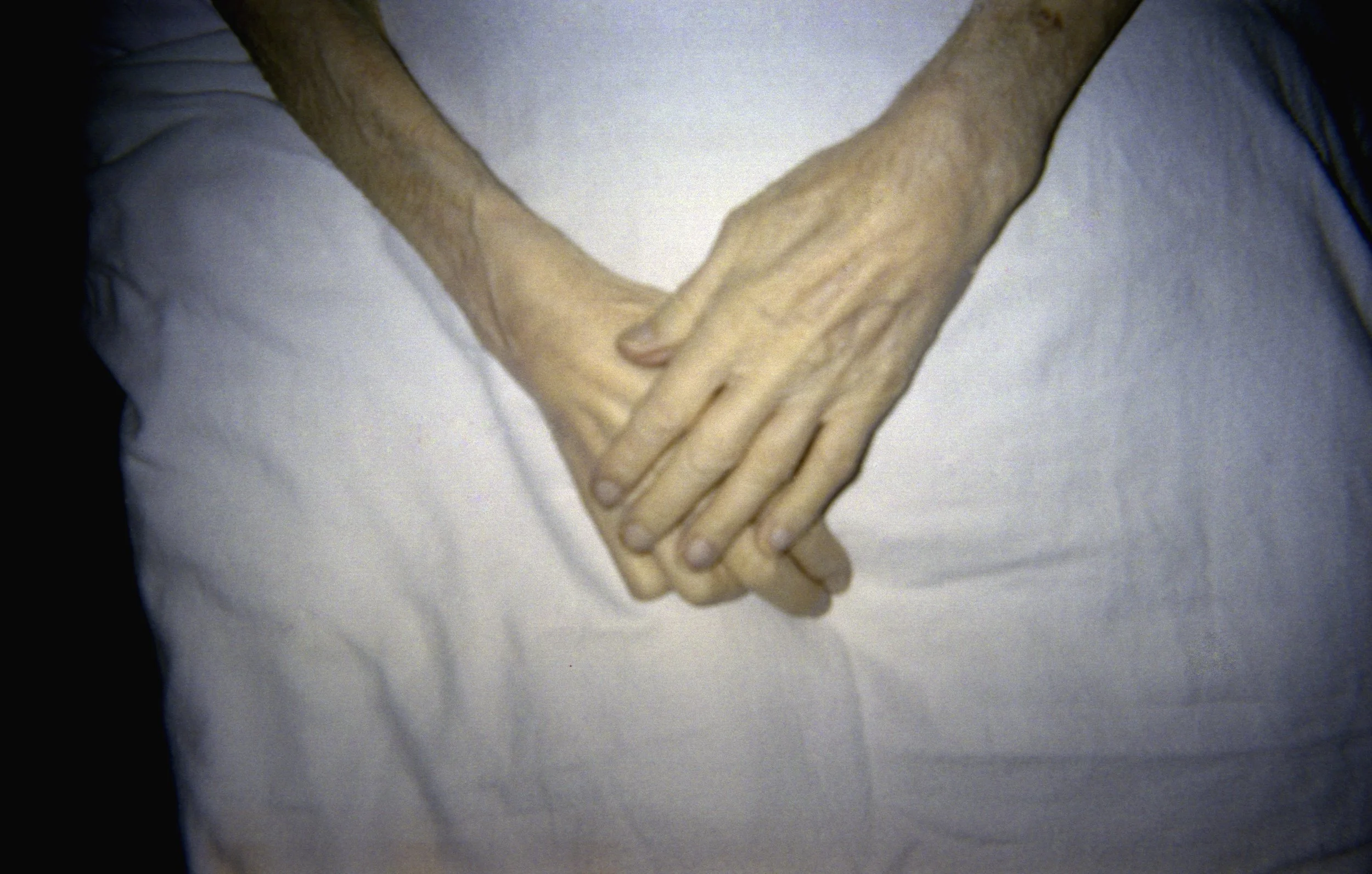for Speaking Beyond Living Room Walls: The Armenian Diaspora and its Discontents
Columbia University
March 8, 2008
Tearing Down the House
Mirroring Father:
He Said/ She Said
2007
Slide projection / Video Projection
"I argue that, like identity itself the concepts of Return, homeland, and Diaspora are all continually in the process of construction." -Susan Pattie (in Longing and Belonging: Issues of Homeland in Armenian Diaspora)
By definition, I do not know that I consider myself an "Armenian" artist. I am, however, an image-maker of Armenian/German/American descent whose family history and legend is a source of deep personal, social, and cultural (be)longing. Ideas of migration and transmigration; romanticized ideas of being the nomad; war, genocide, hatred, displacement, and confusion that are oftentimes incomprehensible to think about, remain seductively melancholic and nostalgic. These are the impressions that are passed down from the ancestors, through the generations, to me. I am born of a particular generation that wrestles with cultural (non)identity; one that creates a kind of hybrid culture existing neither here nor there but somewhere in-between. Within this swirl of cultural ambiguity, I try to locate myself in the hopes of finding somewhere to rest and call home.
In thinking about how an Armenian/German/American artist could possibly address the discontents of the Armenian Diaspora, the installation I created in 2007, Untitled (a night in late August 2001), came to mind. This particular piece was made in hindsight—it was a response, only after the fact, to the silent undercurrent that was taking place just before the events of September 11th.
Untitled (a night in late August, 2001)
2007
2-Channel Video Installation
On the Water
11-minute loop/ silent with
Common Blue Morpho
3-seconds / silent
And though the original concept for this piece may have little to do with Armenian Discontents it is, in fact, this particular horizon line that has remained, since childhood, a constant in my life and will serve as the trajectory for this forum. It is this same spot in the gritty sand and all that it represents—physically, emotionally, and metaphorically—that I continue to return again and again and again.
My late father was a magnificent storyteller. Superstitions, magical cures, buried gold coins and tobacco smuggling uncles have become visual daydreams to construct a fabricated memory of the past. He was a teenage runaway who hopped trains from his hometown in Boston to California and back again. He eventually joined the US Army, became an officer in chemical warfare, and transported Napalm and mustard gas through the North Sea via the Liberty Ships during WWII.
Chemical Dusting, Aberdeen Proving Ground
Full wall projection
35mm transparency slide
From this experience, he built a new repertoire of stories—war stories—the convoys and the wolf packs and the chemical dustings. In essence, all of these stories exist to give voice to the compulsive desire I have to be a part of some thing or some place or some person.
I have often wondered why my father fled his Diasporic culture, choosing instead to become a part of a militaristic system that was, according to him, not only rooted in conflict, but moralistically toxic. It is also curious that he spent a large part of his life in a system that was based on points of departure and points of return. Did he not consistently find himself in this place of somewhere in- between?
Fourth Chemical Unit Officer Refresher Course
5 panels I 1.5' x 10'
In Chasing Napalm I attempt to reconstruct my father's memory. It is a stitching together of his images with mine—a chronicle that twists his truths with my fictions. Through a combination of photographs, slide and video projections, and private performances (both his and mine), I am able to construct a map of his flight away from his Diasporic culture. Ultimately, this project will culminate in the seafaring voyage that my father took through the North Sea to Scotland in 1943. It is my intention that through this mapping I might provide a deeper glimpse into my personal collection of family histories and myths.
Night Fires, Burning the test animals before dawn
full wall projections
It's interesting to collaborate with a ghost. I have found that my father was not only a collector of stories, but that he was a collector of scraps of things—torn photographs and nonsensical voice recordings; unfinished sentences and obscure military documents. In trying to decode these ill-defined archives, the idea of reinvention has inadvertently presented itself. There is a source of power over one's mythology and a playful, new strategy in which to prove that something did or did not exist. It is an opportunity to rewrite and recreate a personal and cultural identity, to bring it into the light, and to perhaps evoke in you, my viewer, the recollections of your own charmed and mystical past.
I recently stumbled across the poem, For My Father, written by the poet, David Kherdian. It could have been written by my father. Or perhaps it is me that is holding the pen.
Our trivial fights over spading
the vegetable patch, painting the
garden fence ochre instead of blue.
And my resistance to Armenian food
in preference for everything American
seemed, in my struggle for identity,
to be the literal issue.
Why have I waited until your death
to know the earth you were turning
was Armenia, the color of the fence
your homage to Adana, and your other
complaints over my own complaints
were addressed to your homesickness
brought on by my English.
Jean Marie Casbarian 2008
**Father’s Corpse, 2007, wall projection






